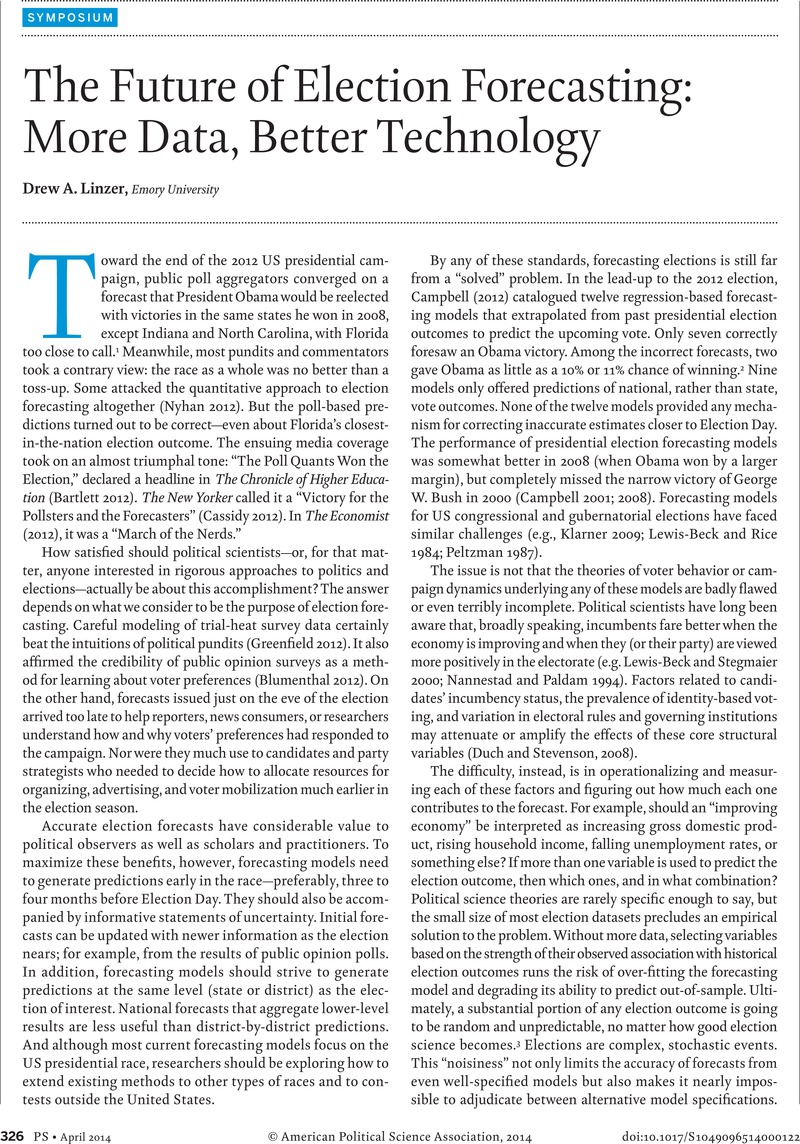Crossref Citations
This article has been cited by the following publications. This list is generated based on data provided by Crossref.
Masker, Markus
Nagel, Lars
SuB, Tim
Brinkmann, Andre
and
Sorth, Lennart
2016.
Simulation and Performance Analysis of the ECMWF Tape Library System.
p.
252.
Dassonneville, Ruth
Lewis-Beck, Michael S.
and
Mongrain, Philippe
2017.
Forecasting Dutch elections: An initial model from the March 2017 legislative contests.
Research & Politics,
Vol. 4,
Issue. 3,
Löffler, Natascha
2024.
Trusting tech firms’ big data for political microtargeting? A qualitative analysis of parties’ communication managers risk and trust perceptions.
Journal of Information Technology & Politics,
Vol. 21,
Issue. 4,
p.
438.



